The Ultimate Guide To Different Types Of Hydrangeas
The Ultimate Guide to Different Types of Hydrangeas
Hydrangeas are some of the most popular flowering shrubs in the world, and for good reason. They come in a wide variety of colors, sizes, and shapes, and they can be grown in a variety of climates. If you're thinking about adding hydrangeas to your garden, there are a few things you need to know.
In this guide, we'll take a look at the different types of hydrangeas, their care requirements, and how to choose the right ones for your garden.
Types of Hydrangeas
There are over 70 different species of hydrangeas, but only a few of them are commonly grown in gardens. The most popular types of hydrangeas include:
- Bigleaf hydrangeas (Hydrangea macrophylla) are the most common type of hydrangea. They have large, showy flowers that can be pink, blue, or white. Bigleaf hydrangeas are hardy in zones 5-9.
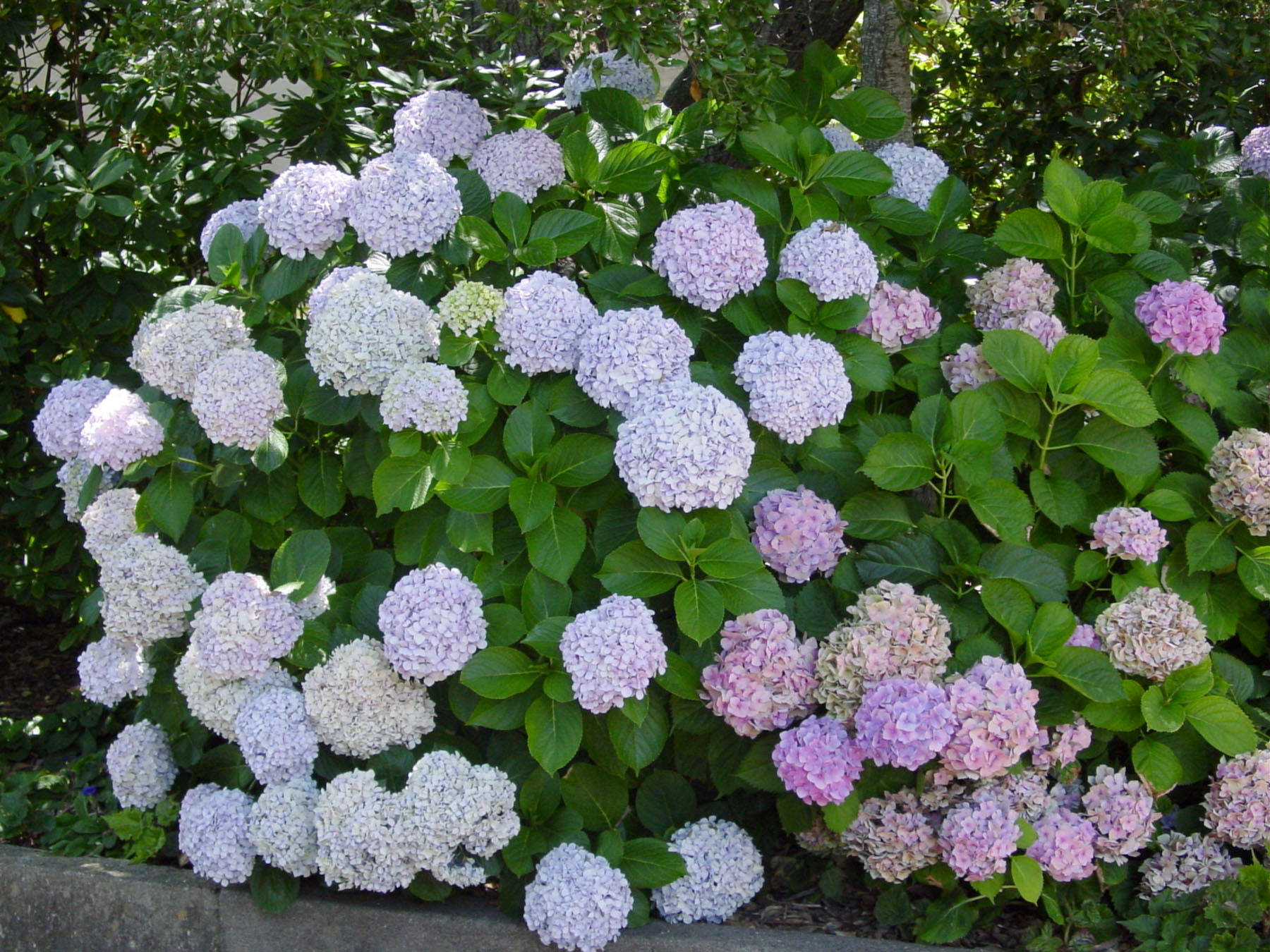
- Mophead hydrangeas are a type of bigleaf hydrangea with large, rounded flower heads. They are the most popular type of hydrangea for cut flowers.
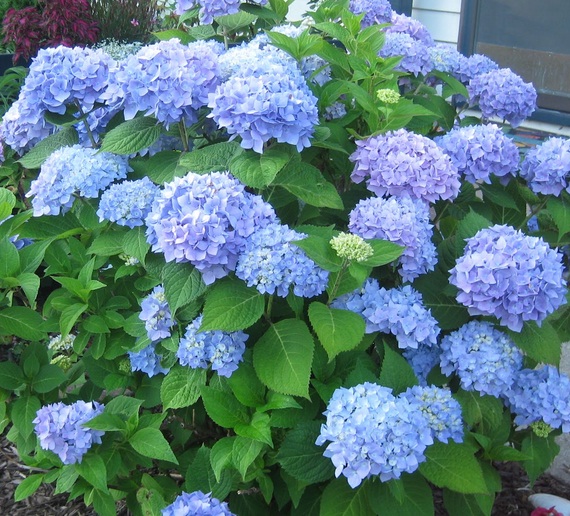
- Lacecap hydrangeas are another type of bigleaf hydrangea. They have flowers that are arranged in a lace-like pattern. Lacecap hydrangeas are not as common as mophead hydrangeas, but they are just as beautiful.
- Panicle hydrangeas (Hydrangea paniculata) are a type of hydrangea that is known for its abundant blooms. Panicle hydrangeas can be pink, blue, or white, and they are hardy in zones 3-8.
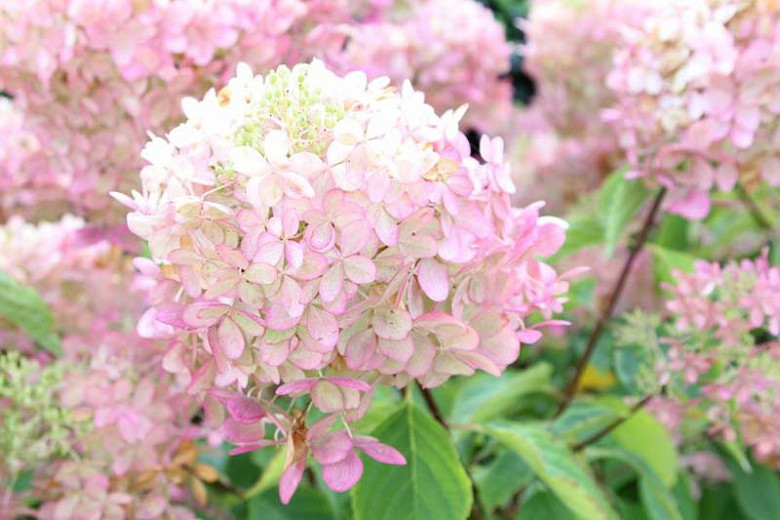
- Smooth hydrangeas (Hydrangea arborescens) are a type of hydrangea that is native to North America. They have white flowers that bloom in the summer. Smooth hydrangeas are hardy in zones 3-8.
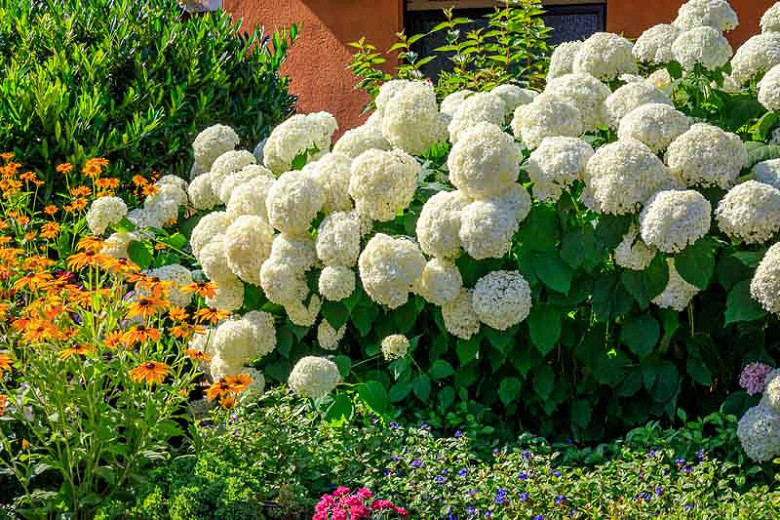
- Oakleaf hydrangeas (Hydrangea quercifolia) are a type of hydrangea that is native to North America. They have large, oak-shaped leaves and white flowers that bloom in the summer. Oakleaf hydrangeas are hardy in zones 4-8.
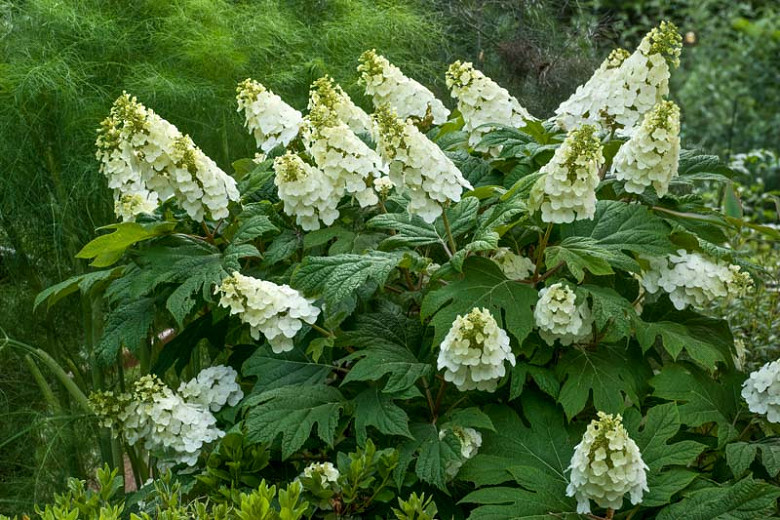
- Climbing hydrangeas (Hydrangea anomala petiolaris) are a type of hydrangea that can climb trees or walls. They have white flowers that bloom in the summer. Climbing hydrangeas are hardy in zones 4-8.

Care Requirements
Hydrangeas are relatively easy to care for, but there are a few things you need to keep in mind.
- Hydrangeas need full sun or partial shade.
- They need well-drained soil.
- They need to be watered regularly, especially during the summer.
- They should be fertilized in the spring and fall.
Choosing the Right Hydrangeas for Your Garden
When choosing hydrangeas for your garden, there are a few things you need to consider.
- The climate in your area. Some hydrangeas are more cold-hardy than others.
- The amount of sunlight your garden gets. Hydrangeas need full sun or partial shade.
- The size of your garden. Some hydrangeas can get quite large.
- The colors you like. Hydrangeas come in a wide variety of colors.
Conclusion
Hydrangeas are beautiful and versatile plants that can add a touch of elegance to any garden. With a little care, they can thrive for many years.
If you're thinking about adding hydrangeas to your garden, I encourage you to do some research to find the right types for your climate and needs. With a little effort, you can enjoy these beautiful flowers for years to come.
Hydrangeas are beautiful flowers that come in a variety of colors, shapes, and sizes. If you're looking for a hydrangea to add to your garden, there are many different types to choose from.
One great place to learn more about different types of hydrangeas is . This website has a comprehensive database of hydrangeas, including information on their size, color, bloom time, and hardiness zone. You can also find tips on how to care for hydrangeas and how to choose the right type for your garden.
FAQ of different types of hydrangeas
Q: What are the different types of hydrangeas?
A: There are many different types of hydrangeas, but the most common ones include:
- Hydrangea macrophylla (Bigleaf hydrangea): This is the most popular type of hydrangea. It has large, showy flowers that can be blue, pink, or white.

- Hydrangea paniculata (Panicle hydrangea): This type of hydrangea has large, cone-shaped flowers that can be white, pink, or cream.

- Hydrangea arborescens (Smooth hydrangea): This type of hydrangea has smaller flowers than the other two types, but they are very abundant. It is also known as the wild hydrangea.

- Hydrangea quercifolia (Oakleaf hydrangea): This type of hydrangea has large, oak-shaped leaves and panicles of small, white flowers.

- Hydrangea petiolaris (Climbing hydrangea): This type of hydrangea is a vine that can climb up to 30 feet. It has small, white flowers that bloom in the summer.

Q: What are the different colors of hydrangea flowers?
A: The color of hydrangea flowers depends on the acidity of the soil. In acidic soil, hydrangea flowers will be blue. In alkaline soil, hydrangea flowers will be pink. If you want to change the color of your hydrangea flowers, you can adjust the acidity of the soil.
Q: How do I care for hydrangeas?
A: Hydrangeas are relatively easy to care for. They need full sun or partial shade and well-drained soil. They should be watered regularly, especially during the summer months. In the fall, you should prune hydrangeas to remove dead or damaged branches.
Q: What are some common hydrangea problems?
A: Some common hydrangea problems include:
- Leaf spot: This is a fungal disease that causes brown spots on the leaves.
- Pests: Hydrangeas can be susceptible to pests such as aphids, scale, and spider mites.
- Drought stress: Hydrangeas that are not watered regularly can experience drought stress, which can cause the leaves to wilt and fall off.
Q: What are some tips for growing hydrangeas?
A: Here are some tips for growing hydrangeas:
- Choose the right location. Hydrangeas need full sun or partial shade and well-drained soil.
- Water regularly. Hydrangeas should be watered regularly, especially during the summer months.
- Fertilize in the spring. Apply a balanced fertilizer to hydrangeas in the spring to encourage healthy growth.
- Prune in the fall. Prune hydrangeas in the fall to remove dead or damaged branches.
Image of different types of hydrangeas
- Hydrangea macrophylla: This is the most common type of hydrangea, and it is known for its large, showy flowers. The flower color of macrophylla hydrangeas can vary depending on the acidity of the soil, with blue flowers in acidic soil and pink flowers in alkaline soil.
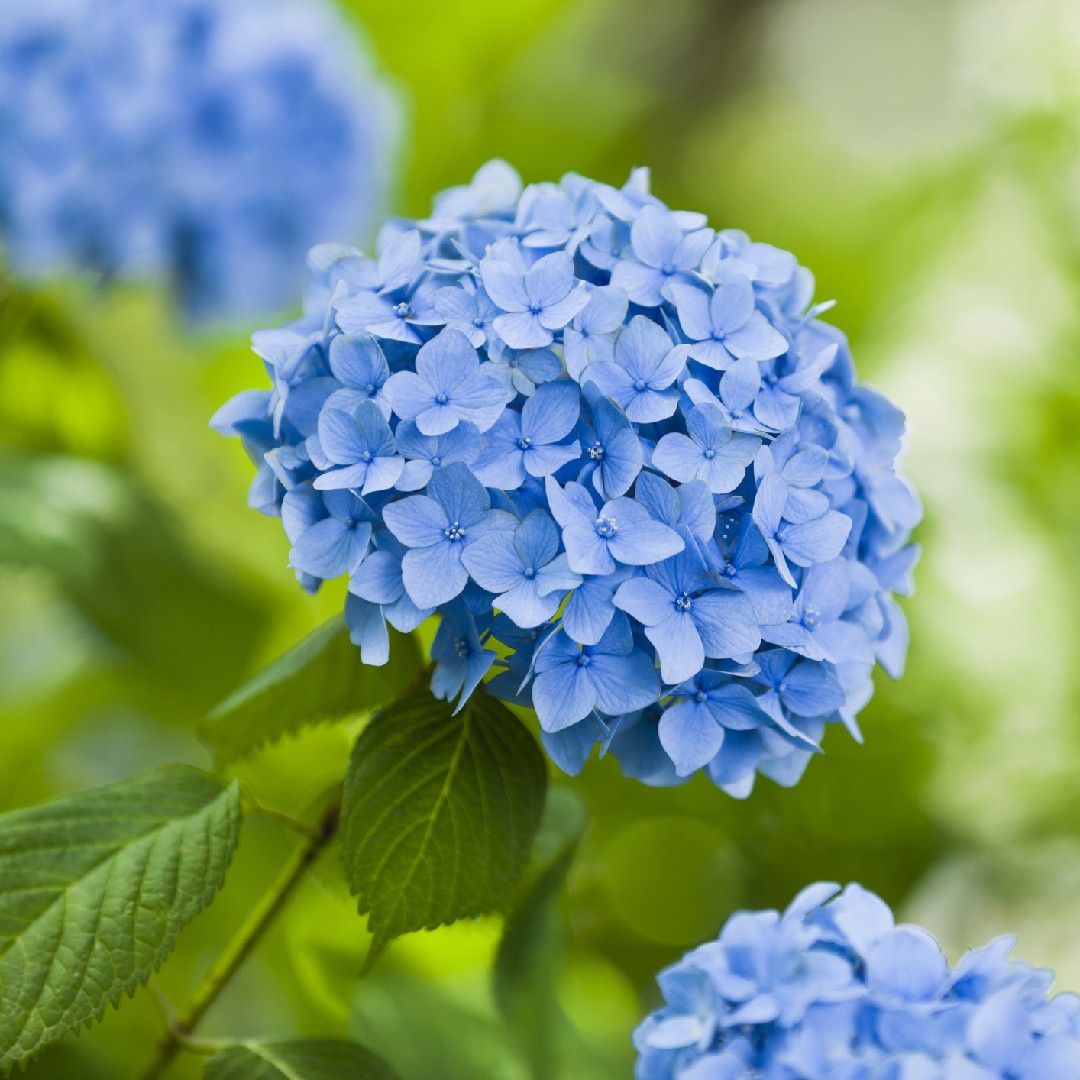
- Hydrangea paniculata: This type of hydrangea produces large, cone-shaped flowers. The flower color of paniculata hydrangeas can vary from white to pink to red.

- Hydrangea arborescens: This type of hydrangea is known for its large, white flowers. The flowers of arborescens hydrangeas are not as showy as those of macrophylla hydrangeas, but they are more fragrant.

- Hydrangea quercifolia: This type of hydrangea is known for its large, oak-shaped leaves. The flowers of quercifolia hydrangeas are typically white or pink, but they can also be blue.
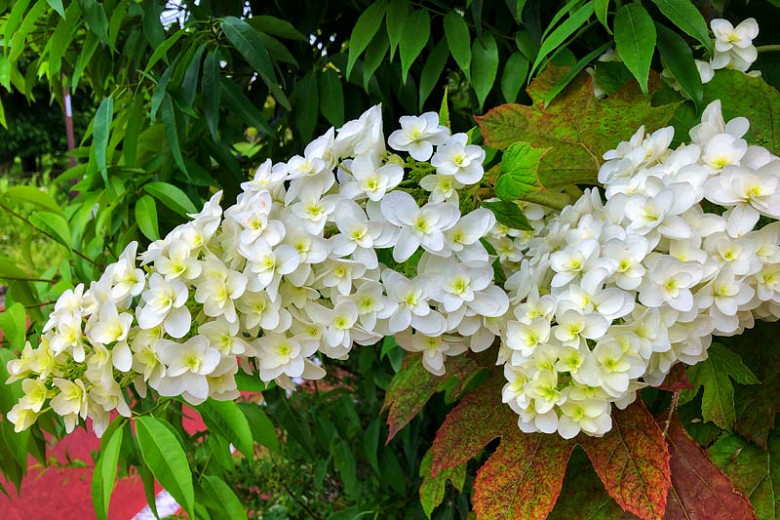
- Hydrangea serrata: This type of hydrangea is known for its small, bell-shaped flowers. The flowers of serrata hydrangeas are typically blue or pink, but they can also be white.

Post a Comment for "The Ultimate Guide To Different Types Of Hydrangeas"